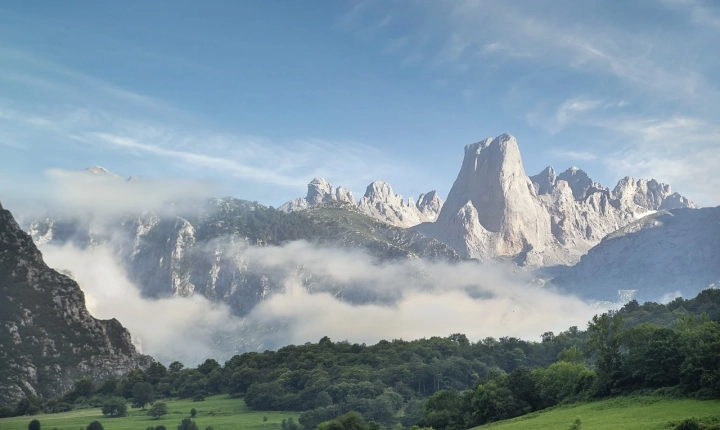Artificial intelligence has revolutionized numerous fields, from healthcare to transportation, and it has recently made impressive strides in the field of animation. Traditional animation has always been a labor-intensive process, requiring countless hours of hand-drawn frames to create fluid movements. However, the integration of AI in animation has opened up new possibilities and has significantly reduced the time and effort required to produce high-quality animations.
One of the most notable contributions of AI to animation is the use of deep learning algorithms to generate realistic movements and expressions. These algorithms analyze vast amounts of motion data to learn and replicate human movement patterns, resulting in animations that are incredibly lifelike and natural. This has proven to be invaluable in the production of animated films, video games, and virtual reality experiences, where the realistic portrayal of characters and their movements is of paramount importance.
Additionally, AI has streamlined the animation process by automating certain tasks that were previously performed manually. For example, AI-driven tools can be used to generate in-between frames, clean up rough sketches, and even suggest color palettes based on the style of the animation. These capabilities not only save time for animators but also enable them to focus more on the creative aspects of their work, such as character design and storytelling.
Furthermore, AI has facilitated the creation of personalized animations through the use of generative algorithms. By inputting specific parameters and preferences, such as facial features, body type, and clothing choices, AI can generate unique and diverse characters that cater to the needs of individual animators and their projects. This has significantly expanded the creative possibilities in animation, as artists are no longer limited to a predefined set of characters and can instead bring their own visions to life with the help of AI.
With these advancements, it’s important to acknowledge the concerns and ethical considerations surrounding the use of AI in animation. While AI can undoubtedly streamline the animation process, there is a fear that it may replace human artists and diminish their creative input. However, the prevailing view is that AI should be seen as a tool to enhance and augment the creative process rather than replace the role of human artists. Additionally, the potential for AI to perpetuate biases and stereotypes in character design and animation must be carefully monitored and addressed.
In conclusion, the integration of AI in animation has ushered in a new era of creativity, efficiency, and innovation. The ability of AI to replicate human movement, automate tasks, and generate personalized characters has transformed the animation industry, allowing artists to push the boundaries of what is possible in storytelling and visual expression. With the proper ethical considerations and oversight, AI has the potential to continue revolutionizing animation, ultimately enriching the creative landscape for artists and audiences alike.
